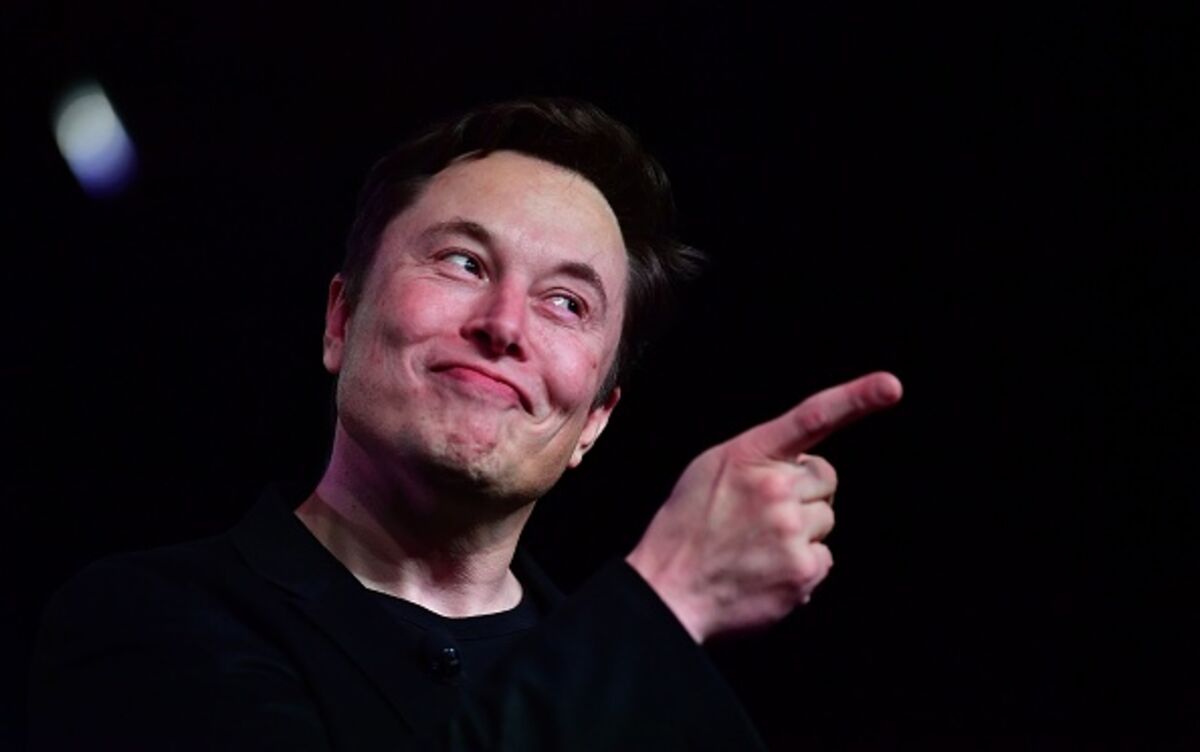Interesting, thanks.
But what about sampling biases? If people enable FSD when they are "comfortable enough", they could chose to do so in less complex streets like highways or simpler environments... Thus national average is not a fair comparison.
Accidents don't happen because of complex streets but because of drivers not paying enough attention.
You pay less attention in less complex environments, and more attention in more complex ones.
Most accidents happen in dead-simple you-just-drive-strait-ahead environments. Where one falls asleep, wanders off the lane, gets a strange urge he just must change lane this exact moment into oncoming traffic whatsoever, etc.
This excuse of "not fair comparison" is pure FUD BS.
Sorry, it is.
@aubreymcfato is very correct to question this comparison, as ALL statistics should be questioned to understand what they truly represent. At best, most statistical comparisons show correlation, not true causation; at worst, far too many statistical comparisons do not even show a high degree of correlation once the underlying parameters of the data sets are truly understood (or, more strictly speaking, show a correlation of each of the two things to a third thing which was not captured / examined for either data set, rather than a correlation to each other).
And, yes,
@WarpedOne , you are likely also correct that most accidents are caused by insufficient attention from the driver (for any number of reasons), rather than by the road complexity itself. Counter-balance is that there are certainly accident hot-spot locations (a certain oft-hit freeway offramp barrier in California which resulted in a long-discussed-here accident comes to mind), although whether those should properly be called "complex environments" vs "poorly engineered environments" is certainly debatable.
In this case, I do not think the comparison is quite as statistically valid / interesting of a comparison as it may first seem. The types of "miles" driven each quarter with Autopilot (not FSD - see note) enabled are quite likely very different than the "miles" manually driven each quarter by Autopilot-enabled vehicles. On the good side, their report does control for vehicle, but provides no further data to demonstrate controlling for other factors. To Tesla's credit they do note:
"Please note that seasonality can affect crash rates from quarter to quarter, particularly in quarters where reduced daylight and inclement or wintry weather conditions are more common. To minimize seasonality as a variable, compare a quarter to the same quarter in prior years." (Tesla,
Tesla Vehicle Safety Report | Tesla)
To make it clear to the reader to consider quarter-over-quarter comparisons, not quarter-to-quarter comparisons (although, human nature being what it is, many still make those comparisons). And there is no data whatsoever to compare Autopilot-enabled vs Autopilot-capable-but-manually-driven identical miles provided in that report. The usefulness of the data is in comparing the Autopilot enabled (dark blue) bar value's change Q-o-Q from year to year, with the Autopilot available (light blue) and US average (light gray) bar values provided as an approximation of control sets. Viewed this way, as Tesla intends, allows one to consider the increase in Autopilot safety year-over-year.
NOTE: Tesla's Vehicle Safety Report addresses Autopilot broadly, not FSD specifically...terminology matters.
Tesla Vehicle Safety Report | Tesla Thus, highway miles are included in the Autopilot enabled mileage between accidents, and are likely highly overrepresented in terms of miles driven (presumably 100% of the Autopilot enabled mileage from Q3 2018 until very recently when FSD even became available to end consumers) with Autopilot enabled vs the other two metrics. This conflicts with the oft-studied reality that most accidents happen near home (likely due to lack of driver attention) which is predominantly non-highway mileage (
https://www.sciencedirect.com/science/article/abs/pii/S092575351730783X,
Close to home: An analysis of the relationship between location of residence and location of injury if you have access beyond the Abstract, similar NHTSA results, et al). This is just one clear difference between the data of each of the three color bars shown in Tesla's data.
TLDR: Yes, Teslas are very safe vehicles, and yes, Autopilot likely reduces inattentive-driver accidents, but there is no need to try to make Autopilot seem any greater than it is (which is pretty darned AMAZING, actually) by making invalid comparisons between non-similar datasets. Take the Tesla Vehicle Safety Report for exactly what Tesla presents it as (not what one might optimistically want to read it as): Data showing that real-world miles actually driven with Autopilot enabled have greater miles-between-accidents than real-world miles driven with Autopilot available but not enabled, for the pool of Tesla vehicles from which the data was collected. That is all; no more, no less. And that is still pretty great.




